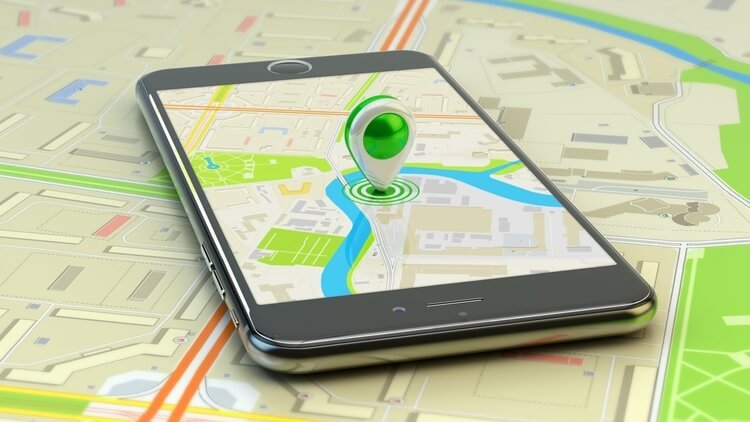Table of Contents
A GIS computer or laptop is capable of map analysis and creation. There is a wide demographic of users for this category of devices from freelance cartographers to businesses looking for location data statistics for their company. Geographic Information Systems software requires a certain type of PC or laptop to enable it to run properly, therefore, if you are currently shopping for one, there are a few key points to consider first. Here is a guide on how to find the right device for GIS purposes.
The CPU
The CPU has to be powerful to run the software efficiently. GIS tasks require a lot of power and processing, so your central processing unit has to be able to take the heat. 2.2GHz is the recommended starting spec for CPU in GIS capable technology; anything above that will be able to keep up with the demanding scale of work. Anything below it is likely to malfunction within the first few hours. For a clearer idea of the CPU expectations in this area, check out this range of Lenovo Laptops for GIS purposes.
RAM
The RAM always has to be in sync with the CPU, as the two are built to complement and co-exist. Therefore, a CPU of 2.2GHz and above is going to require a RAM capacity of at least 32GB, preferably more. RAM refers to the built-in memory components of the PC makeup, and dictates speed (alongside CPU), and loading performances alongside program running functions too.
The GPU
Graphics Processing Units are high on the list of important factors, right by the side of the CPU and RAM. All these elements work together to create an ideal experience for anyone using GIS in their line of work. GPUs are essential for any type of graphics-related work task, so for GIS purposes, it is better to go for a desktop device with a discrete GPU than an integrated one on a laptop. This will save on overheating issues and general capacity problems and is the best way to ensure you’re getting the maximum efficiency.
The Monitor
The type of monitor being used is also a crucial choice. GIS software suits dual-monitor setups, but it is acknowledged that not everyone has the space or the budget. However, where it is possible, it will be far easier visually and logistically to use a two-screen system. Desktops are better in this sense, though laptops can be hooked up to a bigger screen if they have the right ports to support them. It is just a little more hassle. Laptops are better for remote working and projects that need to be taken on the go, but if it is a case of sitting down for a long stretch of GIS work, a desktop seems like the best choice.
Conclusion
Anyone in this line of work understands the need for reliable tech. GIS work is demanding, therefore, it needs a PC or laptop to show up every day and do its job of supporting the software in the best way possible.

